The iPhone actually has AI features, it's just hidden!
AI is being heavily promoted today by companies like Google and Samsung, but did you know that the iPhone also uses AI in many ways that you don't even know about? Let's take a look at these AI features in the following article!
1. Copy text from images and videos via Live Text
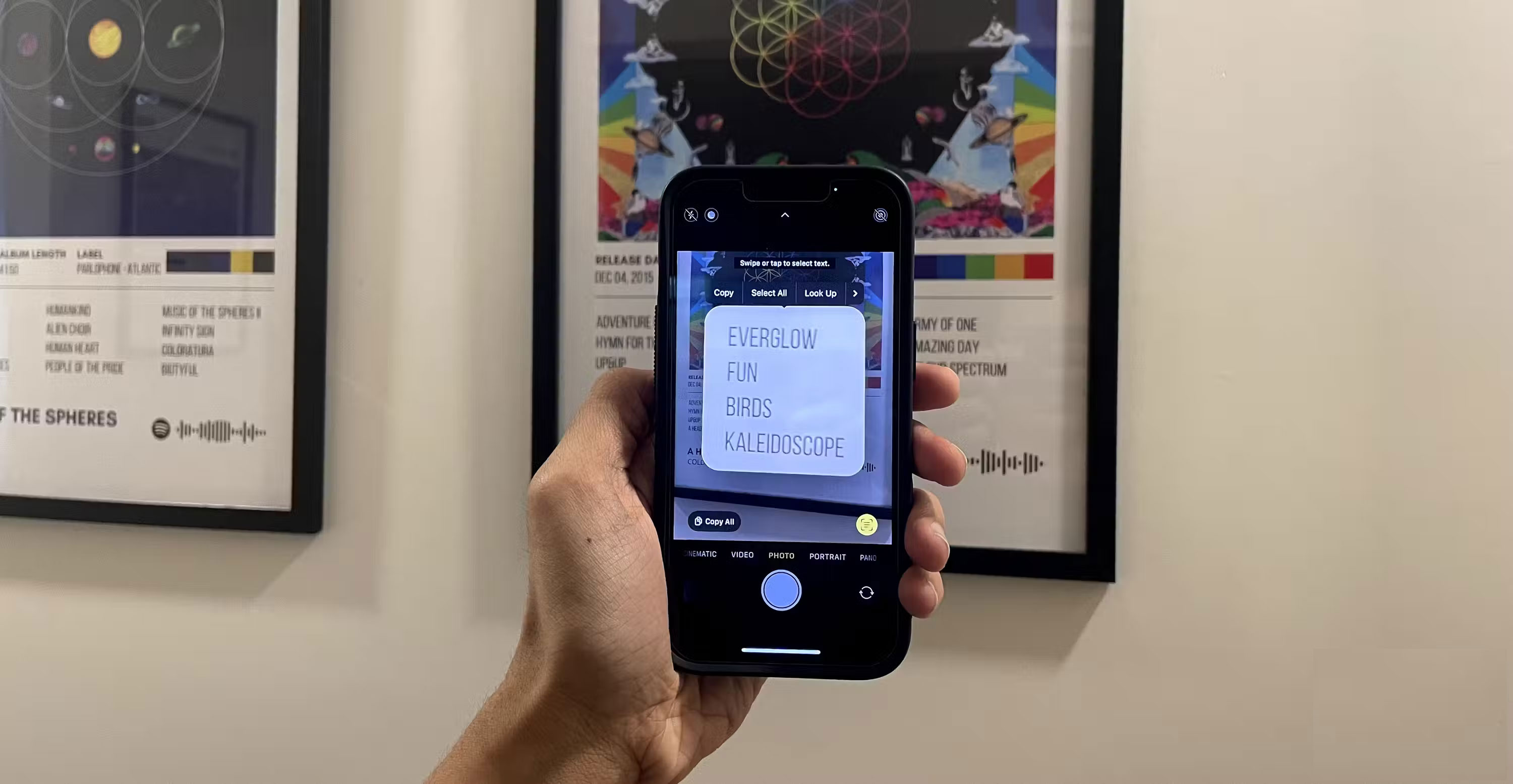
Live Text allows copying text from any image or video on iPhone. It uses Machine Learning and image recognition technology to recognize handwritten and typed text in various languages, including Chinese, French, and German. You can also use this feature on iPad, Mac, and iPhone Xs or later.
2. Identify people and pets in photos
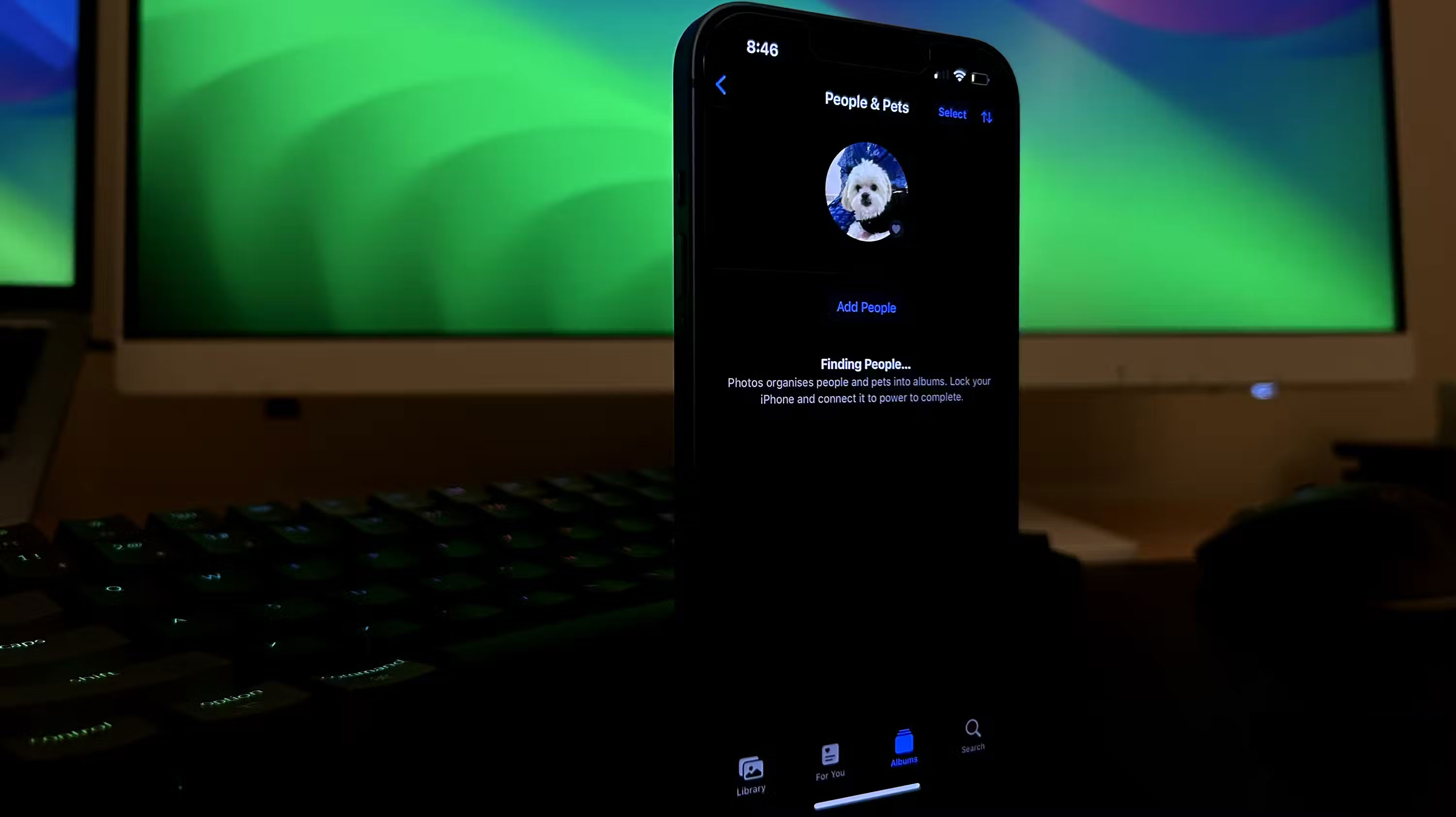
In the Photos app, you'll find a neat feature that helps organize people and pets. This feature makes it easy to find specific individuals in a photo collection. Apple prioritizes privacy, so all the features mentioned in the article, including this one, use on-device processing and no data is uploaded to the device. owner of Apple.
3. Photonic Engine and Night Mode
We all know the iPhone has an excellent camera, but it's not just because of the hardware; The underlying software also plays an important role.
Night mode is the feature that best demonstrates the iPhone's software capabilities. In low light conditions, when the user clicks the shutter button in Night Mode, the camera takes multiple photos at different exposures, then uses a Machine Learning algorithm to merge them and highlight the best ones. The most beautiful part of every photo.
Another great example of iPhone using AI in photography is the Photonic Engine on iPhone 14 Pro and later. It takes advantage of larger sensors and applies computational algorithms directly to the image to further improve low-light photos, delivering more detail and brighter colors.
4. Personalized recommendations in the Diary app
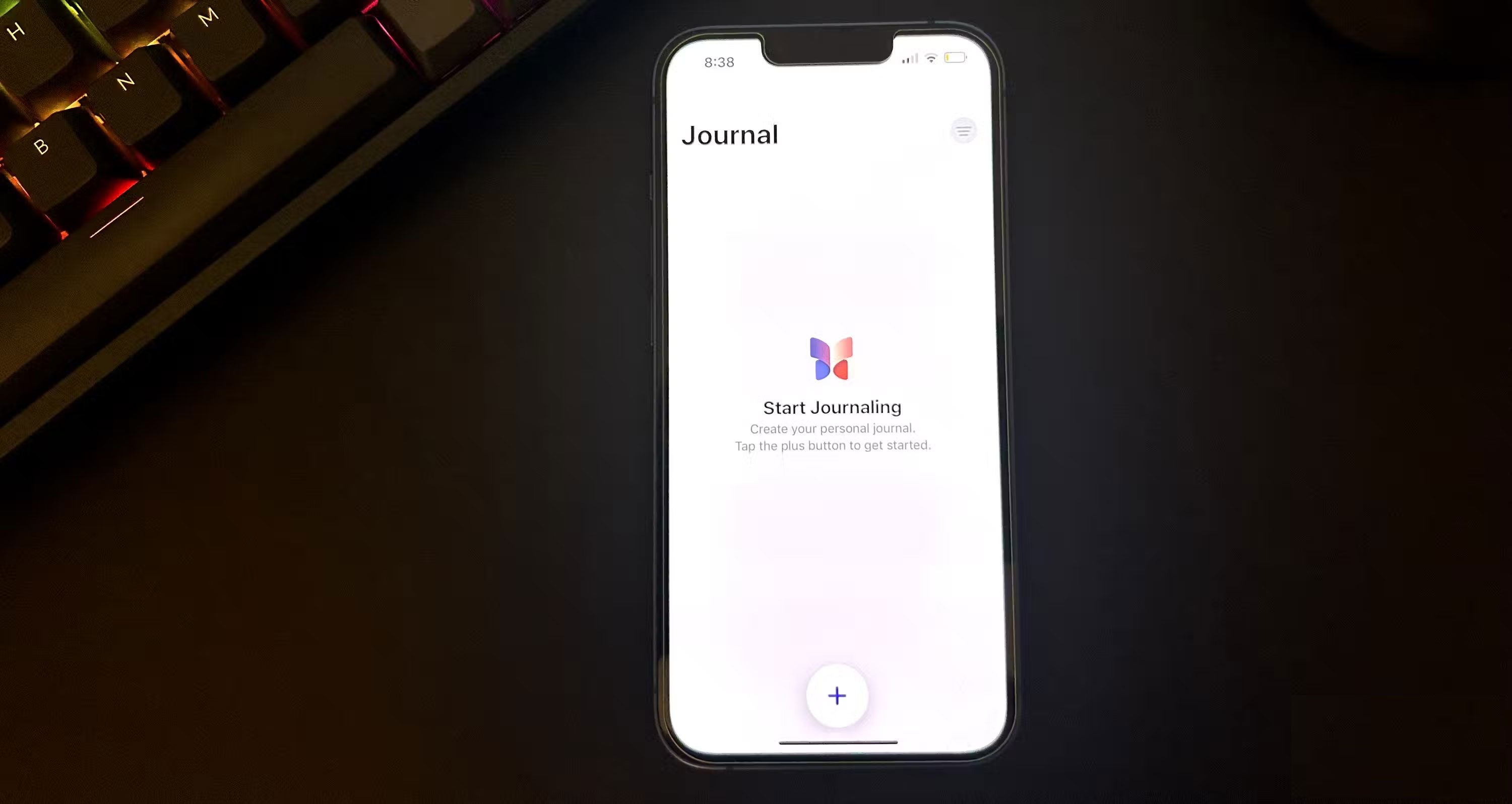
The Journal app was one of Apple's first efforts to improve users' mental health. While the app may seem very basic to most users and there is no trace of AI implemented, that is not the case.
The app uses on-device Machine Learning technology to analyze a user's recent activities, such as exercise, music preferences, and even who they've talked to. Based on this data, it provides personalized recommendations, trying to predict the user's current mood and state of mind.
While all this data collection may sound like a privacy nightmare, Apple says all entries are end-to-end encrypted. Because all the processing happens on the device, the data never leaves the iPhone.
5. Personal Voice
iPhone offers a number of accessibility features, and Personal Voice is one of the most popular. This feature serves people who have ALS and may lose the ability to speak in the future.
When activating this feature, users need to record about 15 minutes of audio. Overnight, the iPhone processes this data, creating a synthesized version of the voice to use whenever needed. Once set up, users can type to speak using their Personal Voice during FaceTime and iPhone calls.
This is a remarkable demonstration of the power of the Neural Engine, demonstrating the impressive capabilities of the AI hardware on Apple devices.
6. Image description
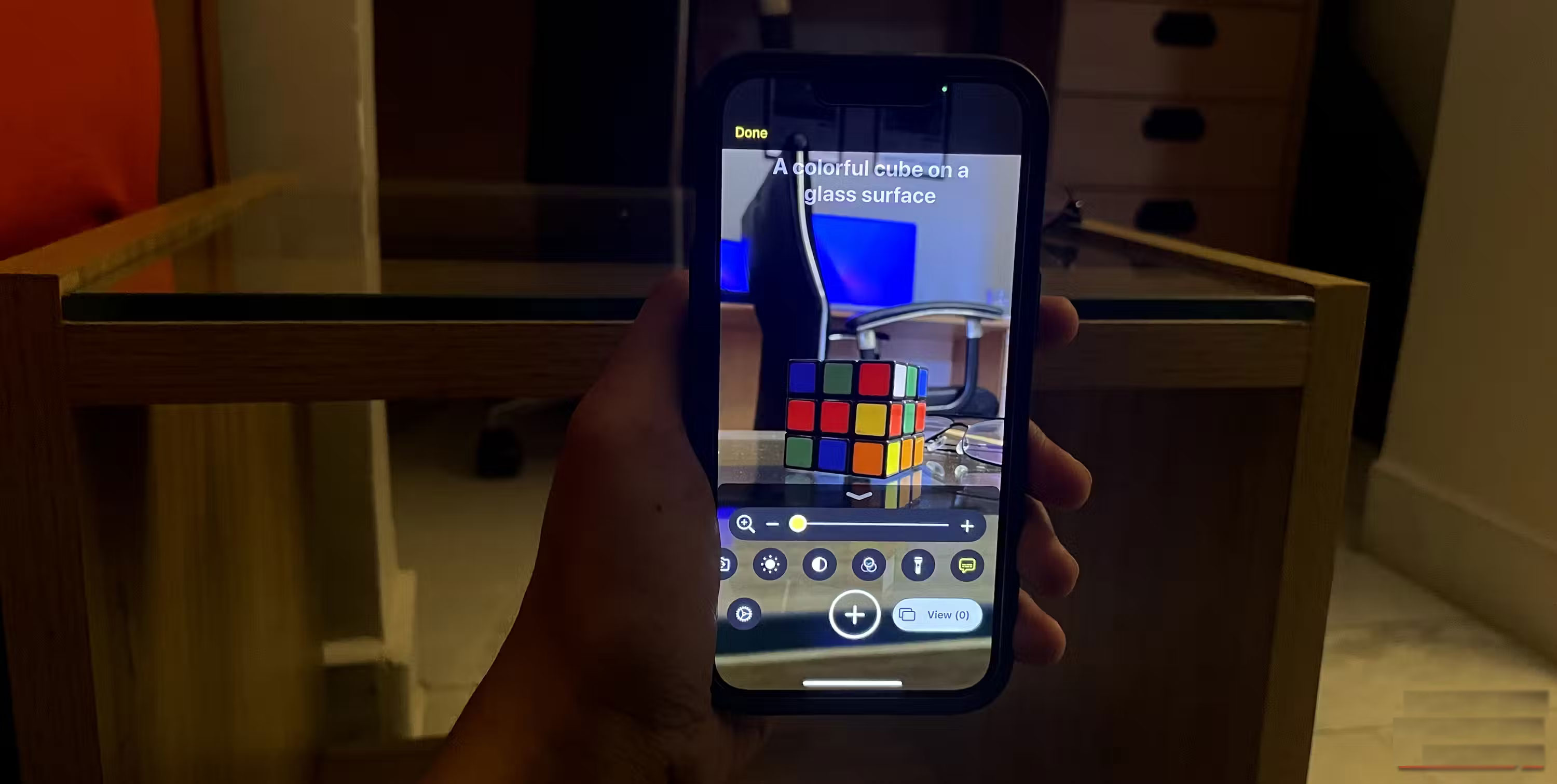
This is another accessibility feature that's completely hidden on the iPhone but extremely useful for those with visual impairments. If you can't see the image due to poor eyesight, you can use the image description feature with VoiceOver and iPhone will read what it sees in the photo.
This feature isn't just limited to the Photos app, as you can also get real-time information using the Camera app while VoiceOver is on. Alternatively, the Magnifier app can be used and enabled by clicking the Settings icon in the lower left corner and tapping the plus (+) button next to Image description .
7. Face ID
Face ID is a familiar feature to seamlessly unlock your iPhone. But did you know it uses the Apple Neural Engine to build a detailed 3D map of your facial features?
This process uses a TrueDepth camera, which collects depth data by projecting and analyzing more than 30,000 invisible infrared points onto the face. These dots create an accurate depth map, which is then used to form a comprehensive version of the facial structure.
8. Text Prediction and AutoCorrection
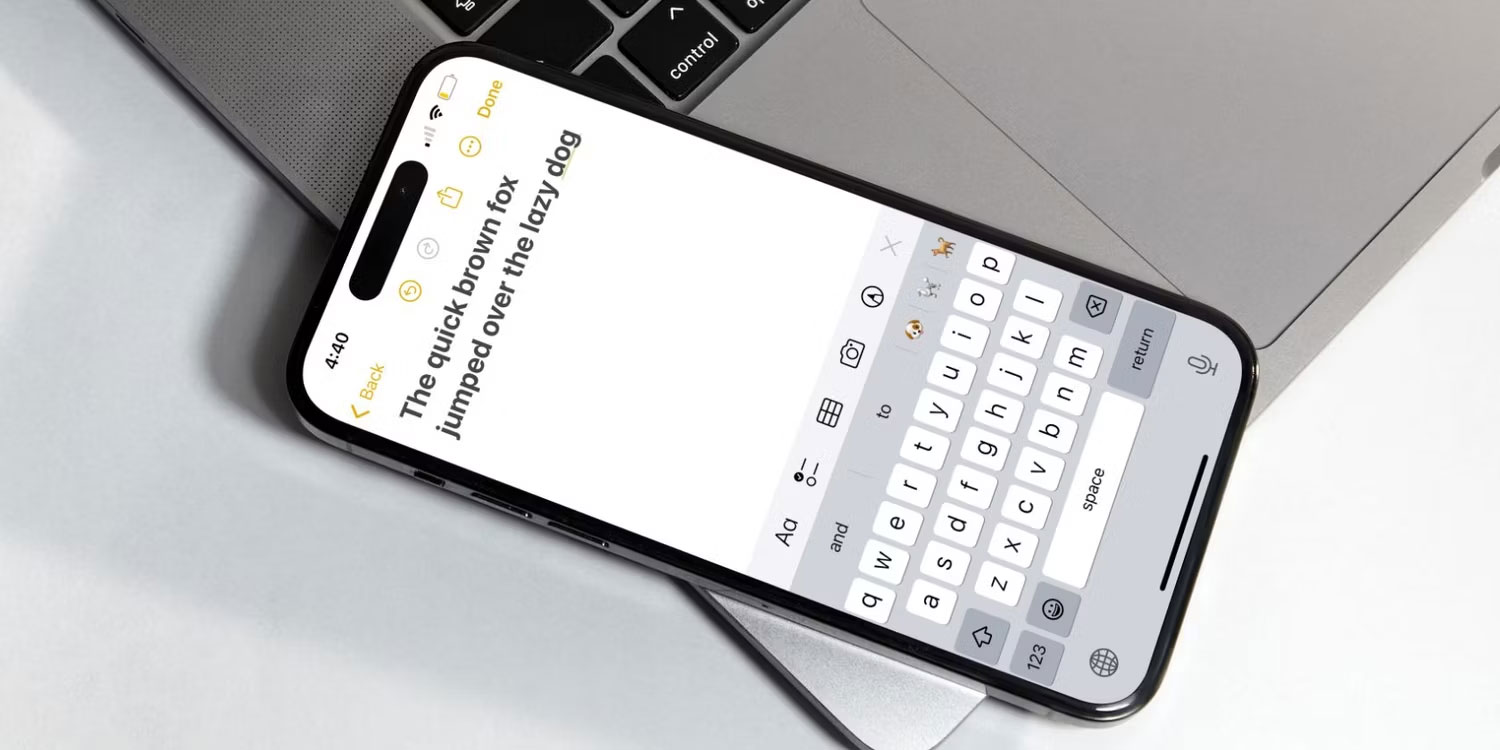
One of the most annoying things about iPhones before iOS 17 was that the autocorrect feature was quite messy compared to Android. Thankfully, it has improved a lot as the iPhone keyboard now runs Machine Learning models every time the user presses a key.
Another change that makes a big difference is that the keyboard recognizes the context of the sentence being typed, providing more precise autocorrect options. Apple improved this by applying a transformative language model, which uses artificial neural networks to better understand the relationships between words in sentences.
Additionally, iPhone also uses AI for its Predictive Text feature, which offers inline suggestions to automatically complete sentences.
iPhone is a lot smarter than you think thanks to Apple's silent implementation of AI across various features. Hopefully Apple will announce a series of new AI features at the upcoming WWDC 2024 event.
You should read it
- Some useful tips and tricks on iOS 10 - iPhone devices (Part 1)
- Hidden features on iOS 9 are less known
- The latest features of GNOME 40
- The 15 most useful features will appear on iPhone and iPad this fall
- 7 Windows 11 features that should be used more often
- Windows 10 Redstone 4: New features and changes are waiting for you?
- 15 interesting features to use in Microsoft 365
- 10 most interesting features in Windows 7 for IT professionals
May be interested
- 13 Useful iPhone Accessibility Features People Often Overlook
 from adjusting text size and controlling the device with just your eyes to unlocking a hidden button on the back, this menu offers tools that can really change the way you use your iphone for the better.
from adjusting text size and controlling the device with just your eyes to unlocking a hidden button on the back, this menu offers tools that can really change the way you use your iphone for the better. - Most people don't use these hidden features in Windows Security.
 windows security does more than just protect against basic viruses. it protects against phishing, blocks ransomware, and prevents malicious apps from running. however, these features aren't easy to spot—they're hidden behind layers of menus.
windows security does more than just protect against basic viruses. it protects against phishing, blocks ransomware, and prevents malicious apps from running. however, these features aren't easy to spot—they're hidden behind layers of menus. - How to lock hidden photo albums on iPhone
 in this newly updated ios 16 operating system, you will have the option to lock the hidden iphone photo album with a password or via face id with supported devices.
in this newly updated ios 16 operating system, you will have the option to lock the hidden iphone photo album with a password or via face id with supported devices. - You should know that there are 10 hidden pages in the Google Chrome browser, so what effect do they have?
 but besides, there are many features hidden within this browser that we still don't know. in the article below, let's join tipsmake.com to discover about 10 hidden pages right inside chrome.
but besides, there are many features hidden within this browser that we still don't know. in the article below, let's join tipsmake.com to discover about 10 hidden pages right inside chrome. - Top 5 hidden features available on Windows 10 that you do not know
 share 5 hidden features available on windows 10 you may not know. explore the great hidden features of windows 10, and experience the coolest things you've never known before
share 5 hidden features available on windows 10 you may not know. explore the great hidden features of windows 10, and experience the coolest things you've never known before - 8 super hidden features on the phone or you may not know
 if you are a tech fan, please pocket 8 hidden features on the phone or you may not know below to make your life easier and more convenient!
if you are a tech fan, please pocket 8 hidden features on the phone or you may not know below to make your life easier and more convenient! - 10 interesting hidden features of Windows 11
 from keyboard shortcuts to hidden menus, there are many hidden windows 11 features that make using windows in general easier and more productive.
from keyboard shortcuts to hidden menus, there are many hidden windows 11 features that make using windows in general easier and more productive. - Make the most of the power of Microsoft Word with these 10 hidden features
 if you use microsoft word regularly, you are probably familiar with mail merge features, drawing tools, or font formatting options. but there are some features in word that you've forgotten or don't know about its existence.
if you use microsoft word regularly, you are probably familiar with mail merge features, drawing tools, or font formatting options. but there are some features in word that you've forgotten or don't know about its existence. - 10 hidden Spotify features everyone should know
 since its inception, spotify has gained and lost many features. and while you might miss some of the features that spotify has removed, there are plenty of hidden spotify features that you may not have heard of or be familiar with.
since its inception, spotify has gained and lost many features. and while you might miss some of the features that spotify has removed, there are plenty of hidden spotify features that you may not have heard of or be familiar with. - Can an iPhone that is hidden by iCloud be updated? How to get rid of hidden iCloud very easily
 the article will answer the question of whether the iphone hidden icloud can be updated and how to exit the hidden icloud effectively. let's see now!
the article will answer the question of whether the iphone hidden icloud can be updated and how to exit the hidden icloud effectively. let's see now!










 Microsoft supports passwordless login on Windows, Android and iOS
Microsoft supports passwordless login on Windows, Android and iOS Why shouldn't antivirus software be open source?
Why shouldn't antivirus software be open source? Can NVIDIA GeForce RTX 4090 crack your password in minutes?
Can NVIDIA GeForce RTX 4090 crack your password in minutes? Apple is trying to solve a particularly serious iPhone problem
Apple is trying to solve a particularly serious iPhone problem iPhone miraculously 'survived' after falling from a height of 16,000 feet from an Alaska Airlines plane
iPhone miraculously 'survived' after falling from a height of 16,000 feet from an Alaska Airlines plane Apple removed many AI apps from the App Store after learning they could create nude images
Apple removed many AI apps from the App Store after learning they could create nude images